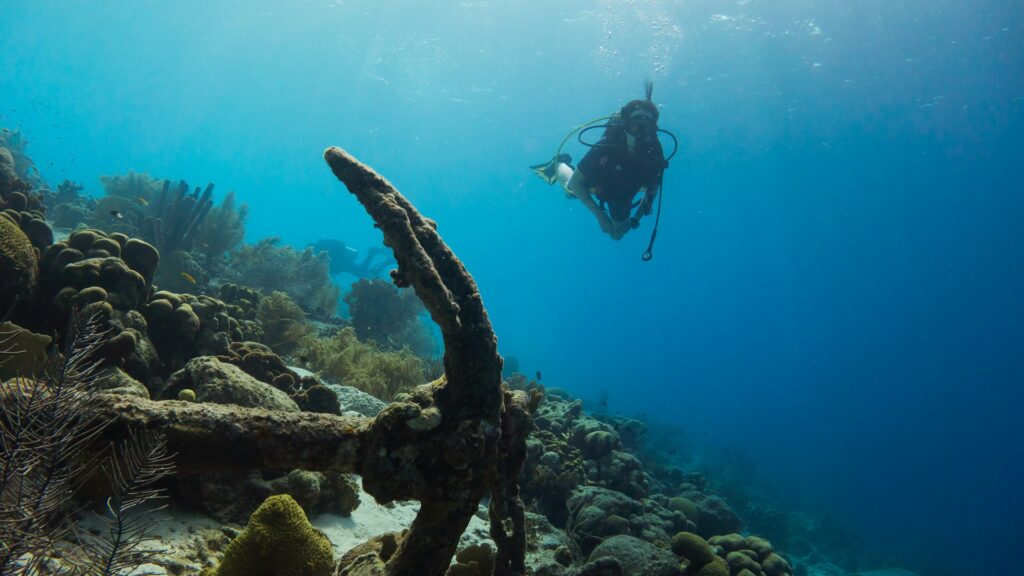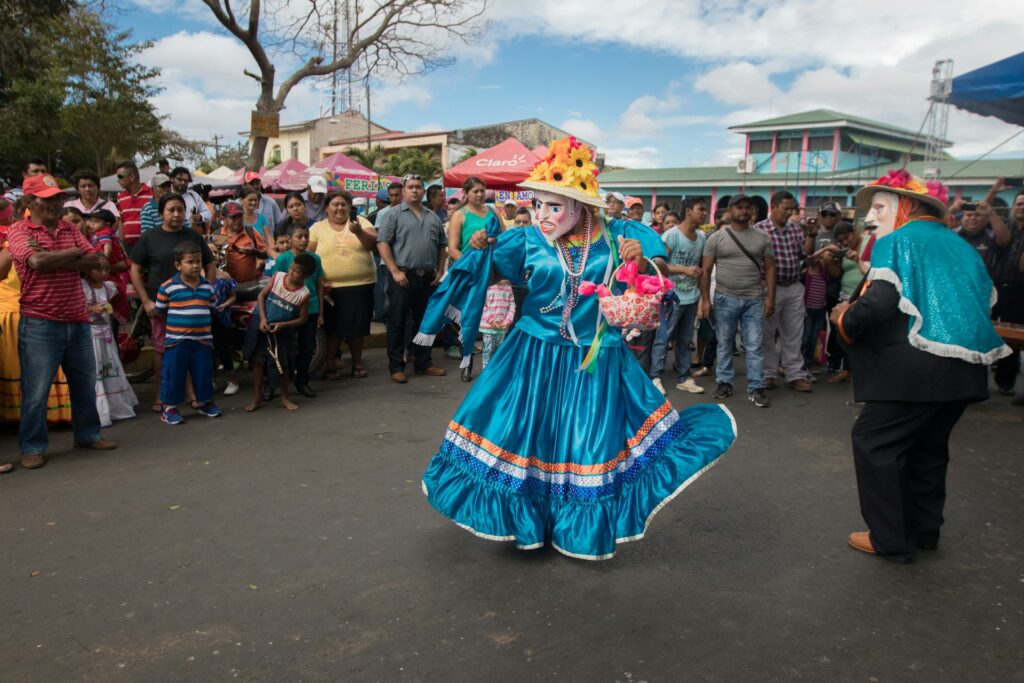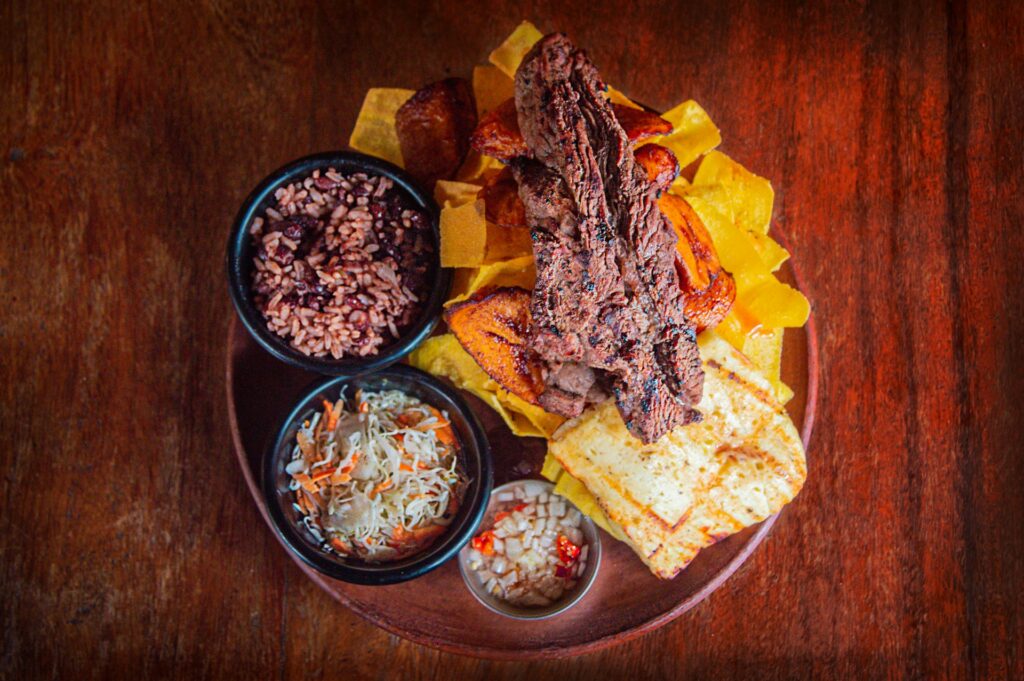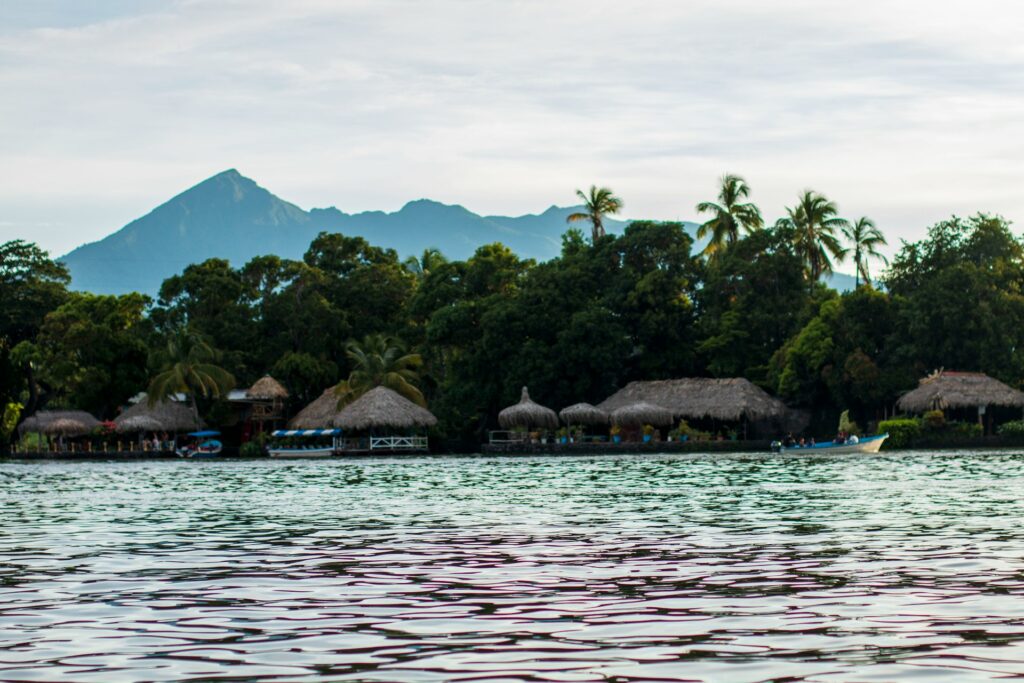5 Must Try Adventure Water Sports in Nicaragua – Casa de Cooper
Are you an adrenaline junkie looking for your next adventure? Look no further than Nicaragua, where you can experience a variety of thrilling water sports and activities in the beautiful natural surroundings of this Central American country. From surfing to kayaking, kitesurfing to scuba diving, Nicaragua offers something for everyone who loves the water. In this blog post, we will explore five must-try adventure water sports and activities in Nicaragua that will leave you breathless and wanting more. So grab your gear, pack your sunscreen, and get ready to dive into the exciting world of adventure waterwater sports in Nicaragua. Surfing at San Juan del Sur Nestled along Nicaragua’s stunning Pacific coast, San Juan del Sur is a surfer’s paradise, offering waves that cater to every skill level. The beach boasts a unique blend of natural beauty and excellent surfing conditions, attracting surfers from around the globe. Beginners can find gentle waves closer to shore, perfect for catching their first ride, while more advanced surfers can challenge themselves with the stronger breaks further out. The area is also peppered with a variety of surf schools, ensuring that anyone new to the sport can quickly get up to speed under the guidance of experienced instructors. With its year-round warm waters and consistent swells, San Juan del Sur not only promises an incredible surfing experience but also a chance to immerse oneself in the vibrant local surf culture. The energy here is contagious, with the beach often buzzing with fellow surf enthusiasts sharing stories and tips. For those seeking an unforgettable adventure on the waves, San Juan del Sur undoubtedly delivers, making it a must-visit destination for water sports aficionados exploring Nicaragua. Kayaking in Lake Nicaragua Embark on a serene journey through the vast expanses of Lake Nicaragua, where the gentle lap of water against your kayak provides a meditative backdrop to an adventure in nature. As you glide over the lake’s glassy surface, you are treated to unparalleled views of majestic volcanoes and lush, verdant islands rising from the depths. The islets, each with its own unique ecosystem and charm, beckon for exploration. Among them, the Isletas de Granada stands out as a highlight, offering kayakers an up-close look at rich biodiversity and the chance to spot exotic birds, monkeys, and a myriad of plant species in their natural habitat. This tranquil excursion is not just a way to explore the untouched beauty of Nicaragua’s largest lake but also an opportunity to immerse oneself in the tranquillity of its waters. The rhythmic stroke of paddles in the water and the breathtaking scenery make kayaking in Lake Nicaragua an experience that beautifully combines leisure with adventure, allowing paddlers to discover the quieter, more peaceful side of Nicaraguan water sports. Also, Check Adventure Activities in Nicaragua Kitesurfing at Lake Cocibolca Lake Cocibolca, also known as Lake Nicaragua, beckons the adventure-seeking spirit of kitesurfers with its expansive waters and reliable winds. This vast freshwater lake creates a kitesurfer’s playground, where the wind patterns are as inviting as the panoramic views. The open spaces and favourable winds are perfect for both novices eager to learn the basics and veterans aiming to perfect their jumps and tricks. Local schools and instructors are available, offering lessons and guidance to help kitesurfers harness the power of the wind. The thrill of gliding across the water’s surface and the rush of lifting off into the air is unmatched. For enthusiasts of this exhilarating sport, Lake Cocibolca is not just a destination but a journey into the heart of kitesurfing adventure, promising days filled with excitement and the freedom of flight over water. Scuba Diving in the Corn Islands Dive into the heart of the Caribbean by exploring the underwater marvels of the Corn Islands, a scuba diving sanctuary known for its exceptional marine biodiversity. The islands’ surrounding reefs serve as a vibrant canvas, painted with an array of colorful corals and teeming with a diverse assortment of fish and sea creatures. Divers are often greeted by curious sea turtles, graceful rays, and a variety of tropical fish that make these waters their home. The dive sites around these islands cater to a wide range of skill levels, offering both shallow reefs for beginners eager to get their fins wet and deeper, more challenging spots for the seasoned diver looking for an adventure. Each plunge beneath the waves reveals something new, from hidden underwater caves to sunken shipwrecks that whisper tales of the Caribbean’s storied past. The warm, clear waters ensure year-round diving comfort and visibility, making every dive an opportunity to witness the spellbinding beauty of the underwater world. The Corn Islands are not just a destination but a gateway to an underwater adventure that promises to captivate and amaze, leaving divers with memories that last a lifetime. Also, Check Wildlife and Nature Reserves in Nicaragua Stand-up Paddleboarding at Playa Maderas Playa Maderas offers an exceptional spot for stand-up paddleboarding (SUP), presenting a unique blend of tranquil waters and scenic beauty. This destination, beloved by surfers for its waves, also creates an inviting environment for paddleboarders with its calm conditions and mild surf. Paddling here allows you to navigate along the picturesque coast, providing an up-close view of Nicaragua’s natural landscapes from the vantage point of your board. The experience of SUP at Playa Maderas not only challenges your balance and engages your core but also connects you with the serene and majestic environment. As you skim the water’s surface, you may encounter marine life and enjoy the peaceful ambience, interrupted only by the gentle splash of your paddle. This activity caters to all skill levels, from those stepping onto a paddleboard for the first time to seasoned enthusiasts looking for a peaceful paddle session. With the golden sun casting its glow over the horizon, SUP at Playa Maderas becomes more than just a physical activity; it’s an opportunity to find harmony with nature and relish in the tranquillity of Nicaragua’s coastal wonders. If you plan to visit
5 Must Try Adventure Water Sports in Nicaragua – Casa de Cooper Read More »







